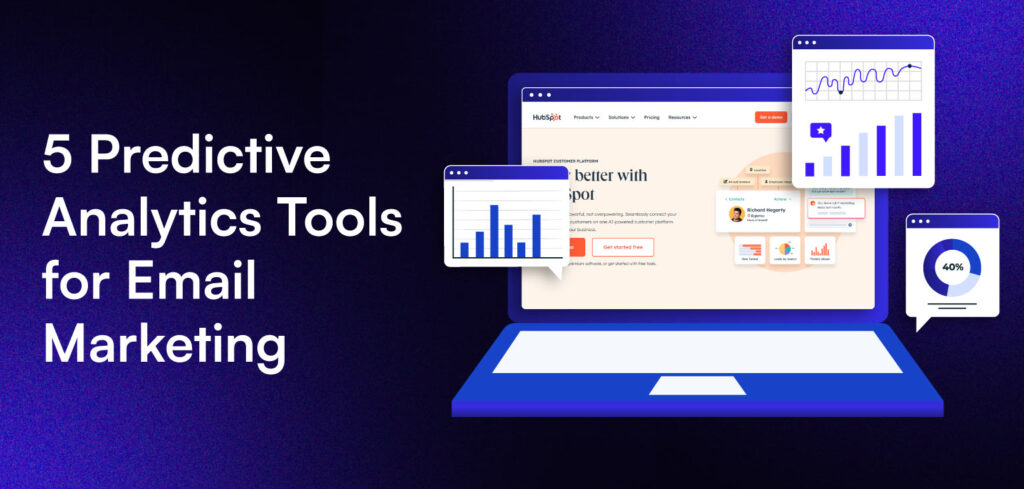What Is Predictive Analytics?
- Figuring out the best time to send an email to maximize open rates.
- Understanding which product recommendations are most likely to lead to a purchase.
- Identifying customers at risk of unsubscribing or losing interest.
- Data Collection: Gathering data on your audience—things like purchase history, email engagement, and website visits.
- Analysis: Using algorithms to uncover patterns in this data, like which behaviors often lead to purchases or unsubscribes.
- Predictions: Creating forecasts based on these patterns, such as which customers are most likely to buy certain products.
- Actionable Insights: Using these predictions to guide your email strategy, whether it’s sending personalized offers or re-engaging inactive subscribers.

Why Use Predictive Analytics in Email Marketing?
- Save Time and Effort: It does the heavy lifting, analyzing data and identifying opportunities so you can focus on execution.
- Improve Results: Knowing what works for your audience helps you create campaigns that drive higher engagement and conversions.
- Build Stronger Connections: Sending emails that feel personal and relevant shows your audience that you understand their needs.
Key Benefits of Predictive Analytics
Let’s look at how predictive analytics can elevate your email marketing results:
1. Higher Open Rates
Understanding when your audience is most likely to check their inbox helps you send emails at the perfect time, boosting open rates.
2. Better Click-Through Rates (CTR)
When emails are personalized—featuring products, offers, or content tailored to the recipient—they’re far more likely to get clicked.
3. More Conversions
By focusing on what your audience is most likely to buy, predictive analytics helps turn clicks into actual purchases.
4. Customer Retention
It’s easier to keep customers engaged when you know what keeps them interested. Predictive insights can guide loyalty campaigns or re-engagement efforts.
5. Efficient Marketing Spend
Top Predictive Analytics Tools for Email Marketing
Predictive analytics tools can really elevate your email marketing by helping you send more personalized and targeted campaigns. Here’s a look at some of the top tools and what makes them stand out:
1. Klaviyo
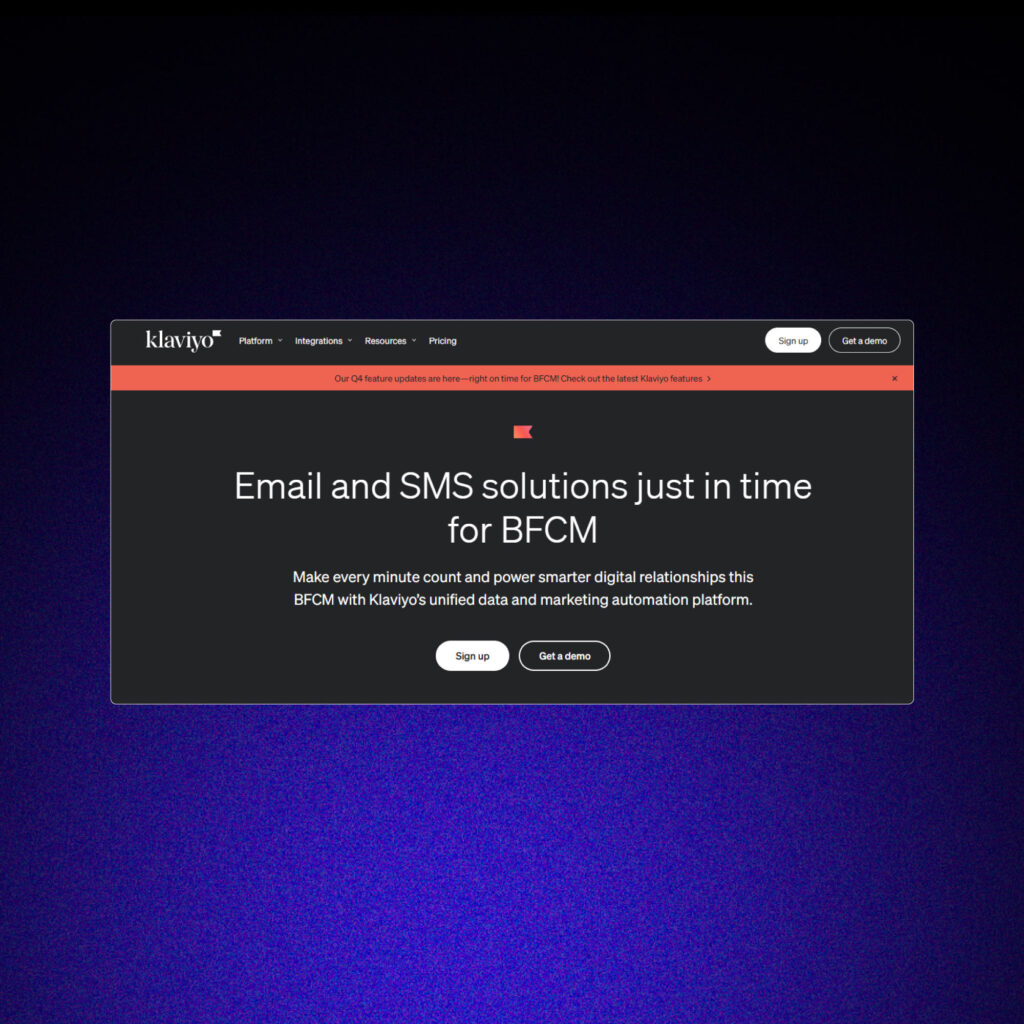
2. HubSpot
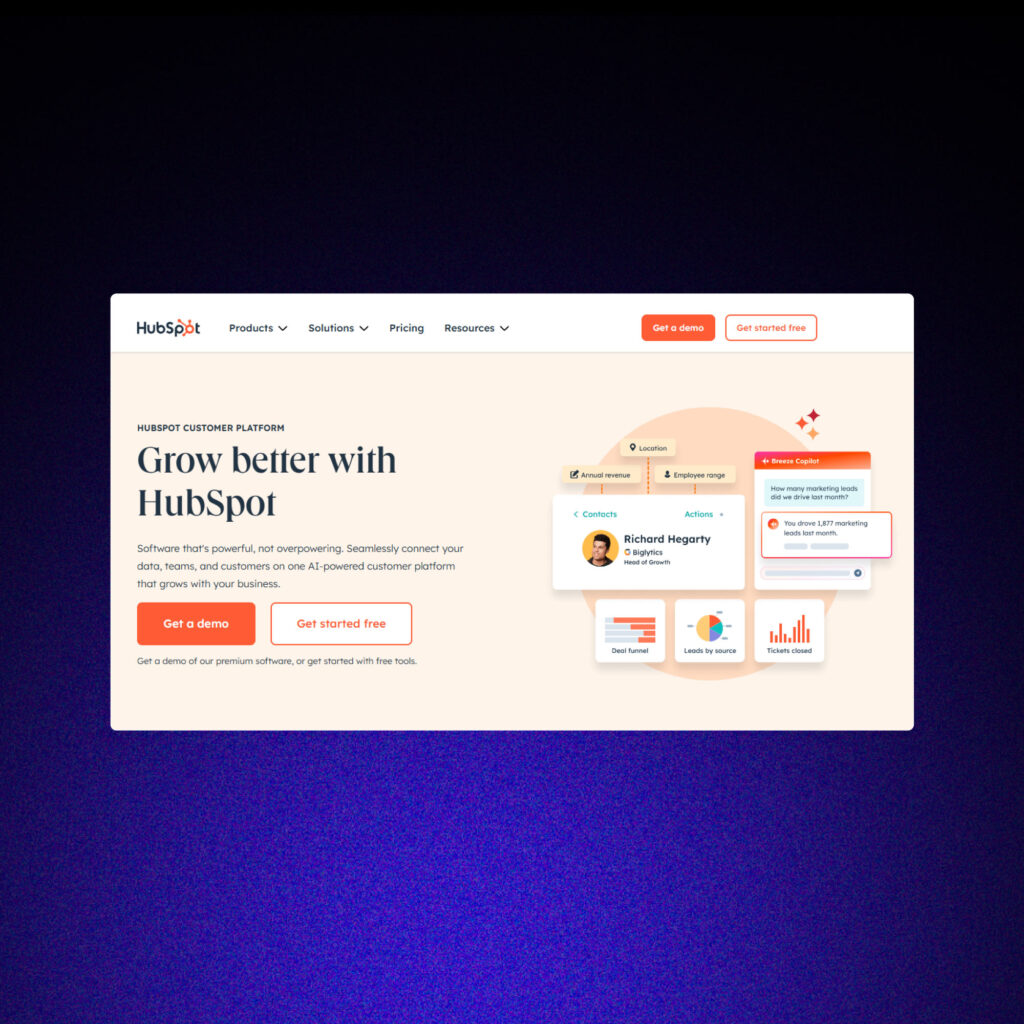
3. Mailchimp
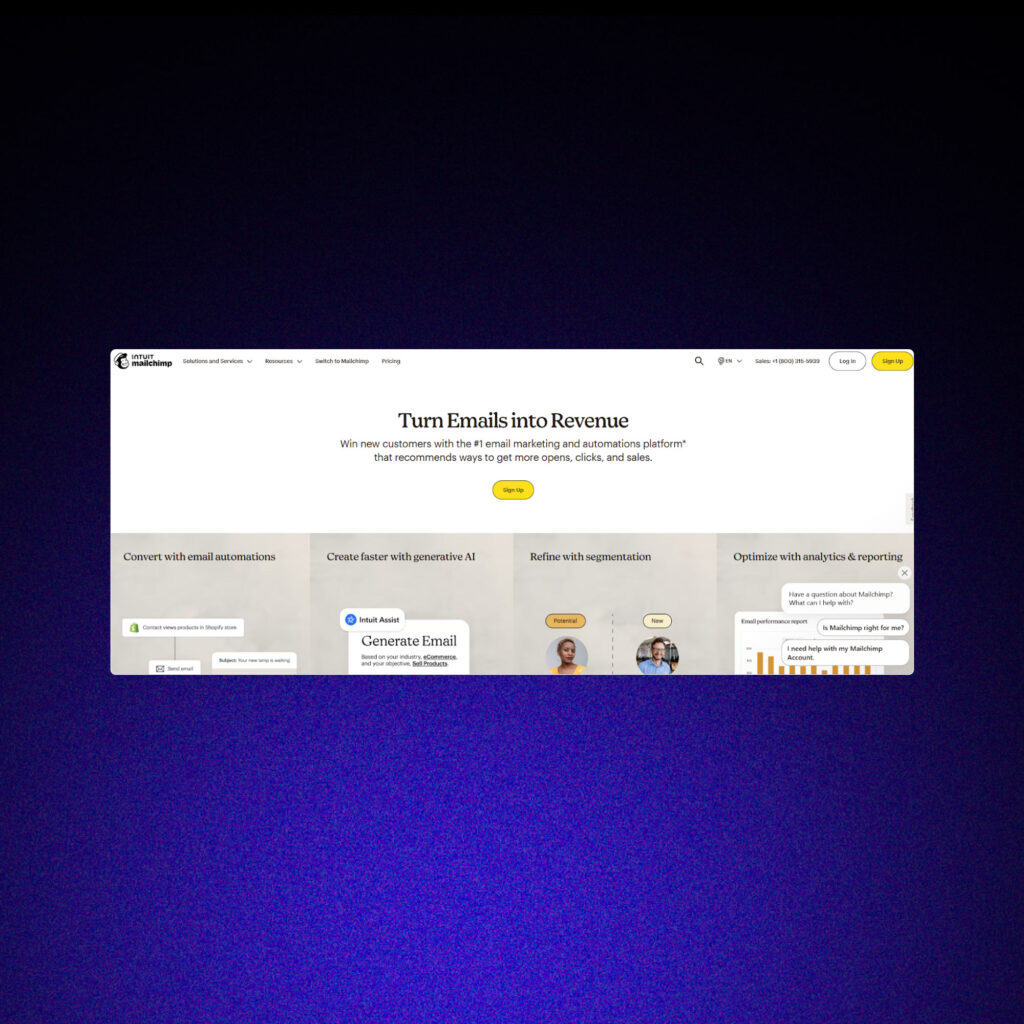
4. Bluecore
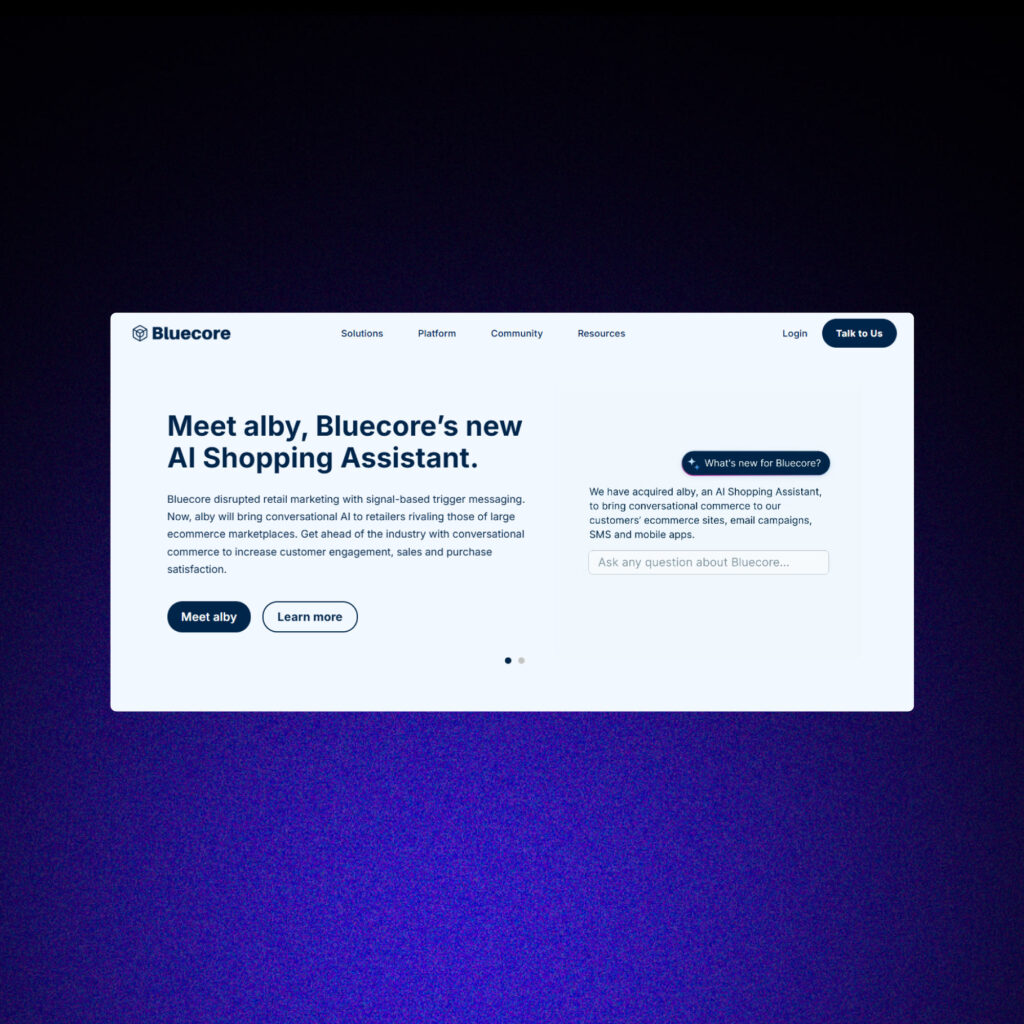
5. Emarsys
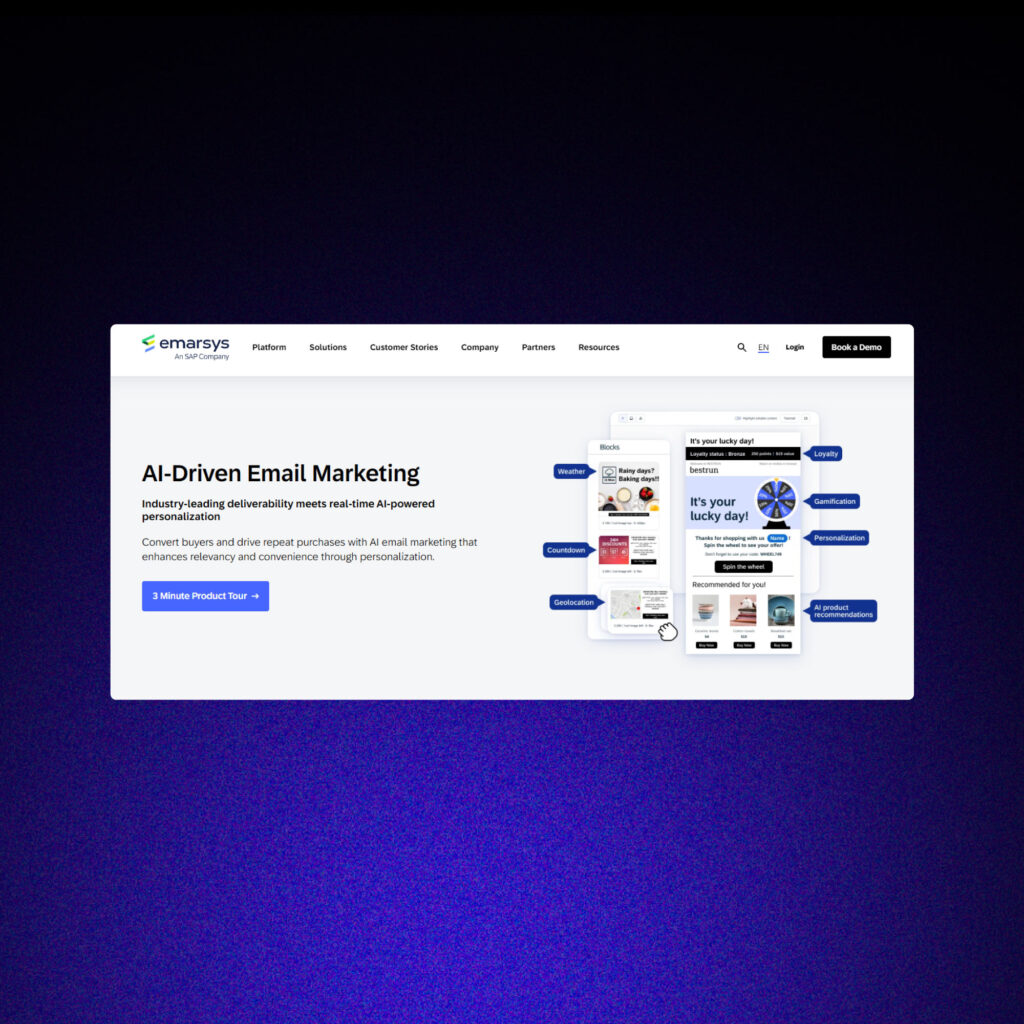
Getting Started with Predictive Analytics
It’s normal to feel a little overwhelmed by the idea of diving into predictive analytics, but the key is to start small. Here’s how to begin:
1. Define Your Goals
- Increasing open rates.
- Driving more sales.
- Re-engaging inactive subscribers.
2. Organize Your Data
- Email engagement metrics (opens, clicks).
- Purchase history and product preferences.
- Website behavior (pages viewed, time spent).
3. Choose a Tool
Select a predictive analytics tool that fits your needs and budget. Many tools, like Klaviyo and HubSpot, are beginner-friendly.
4. Segment Your Audience
- High spenders who purchase frequently.
- New customers still exploring your offerings.
- Subscribers who haven’t engaged in months.

